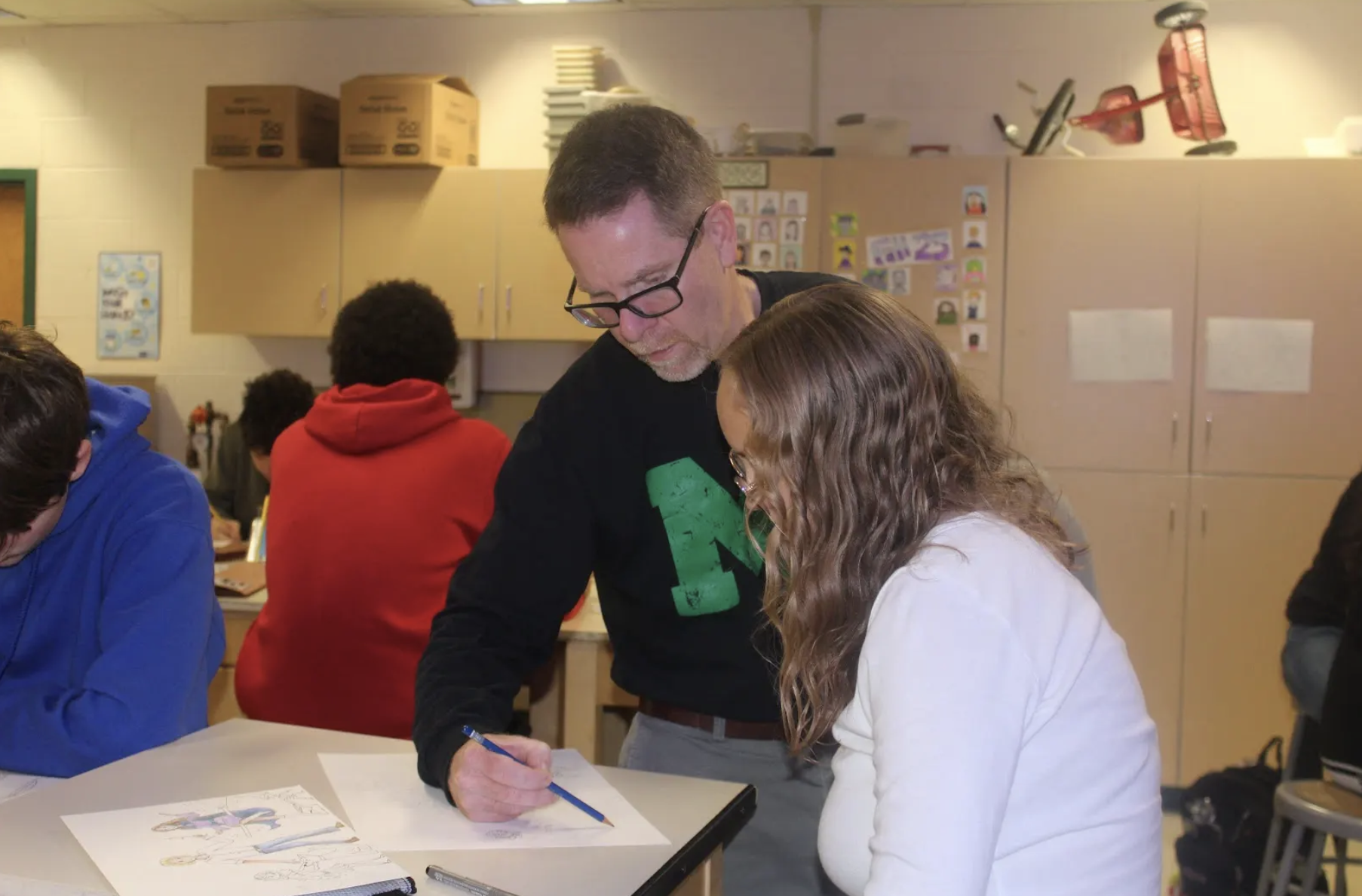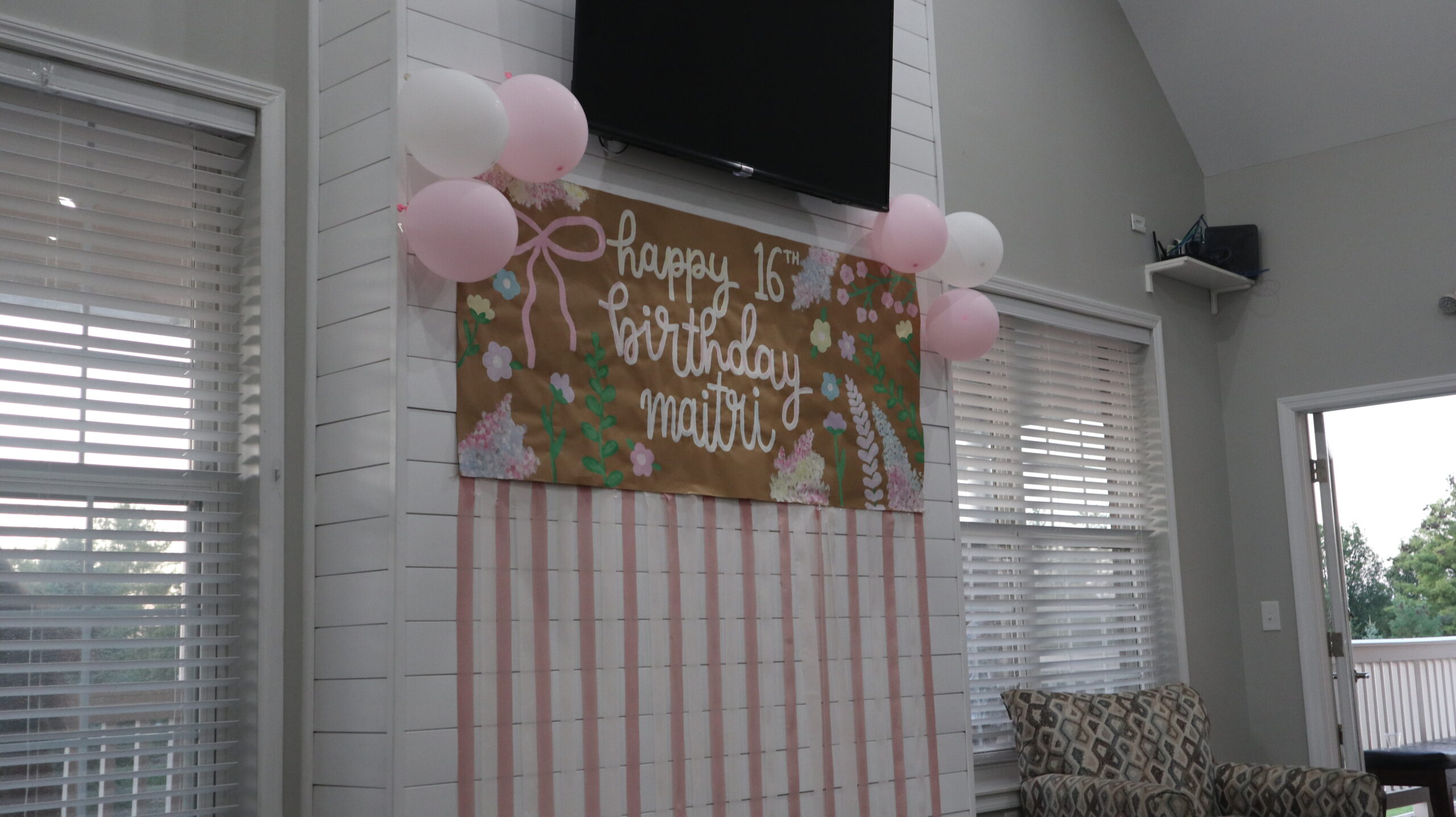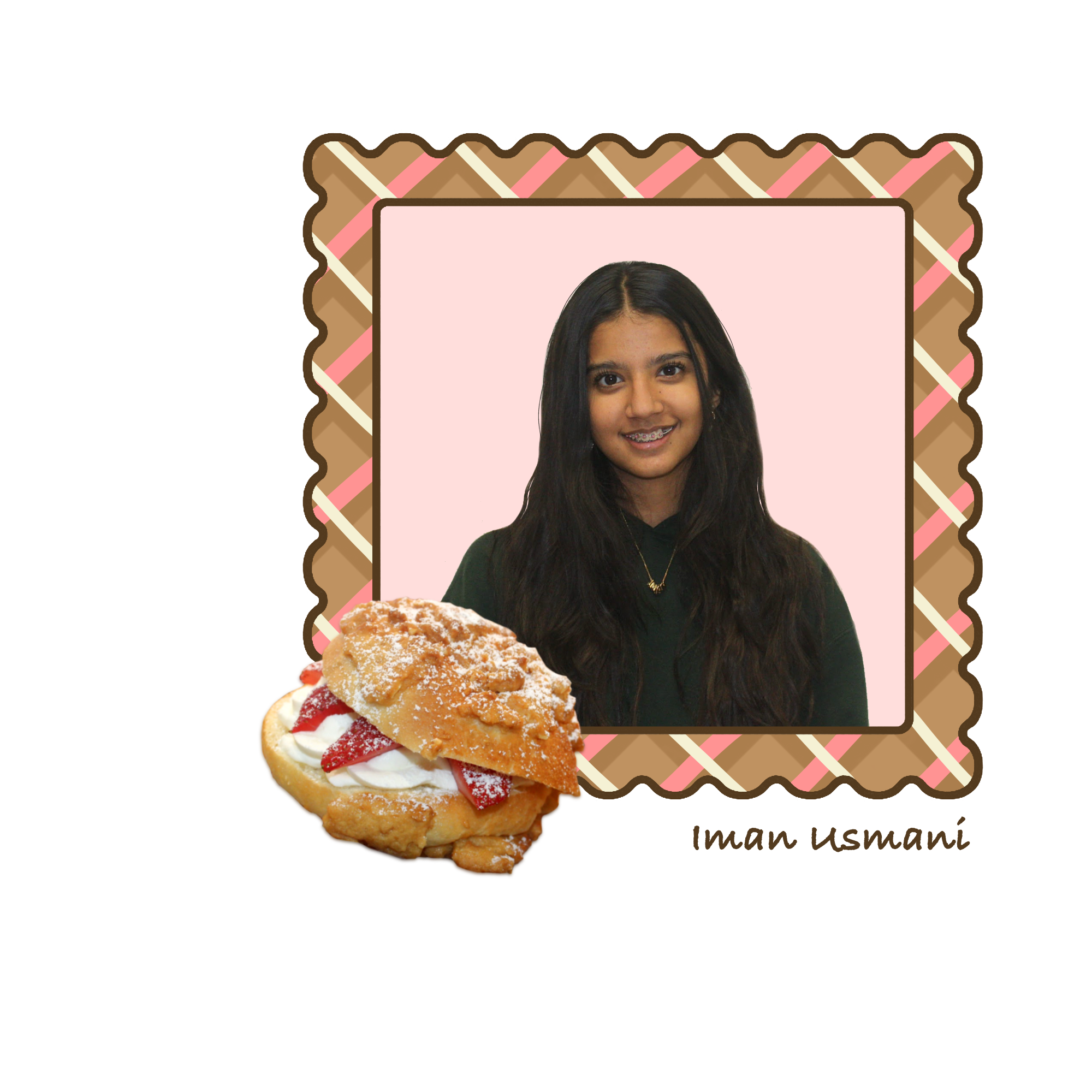Emily Kemper | The Chronicle
As Artificial Intelligence (AI) technology improves, Mason High School (MHS) teachers are learning how to adapt their lessons to prepare students for a rapidly changing world. In classes like English or biology, the role of AI as teaching – or cheating – tools are clear, but the way that AI may change art education isn’t as discussed.
MHS teacher Morgan Rose, the instructor for Digital Image Design one and two courses (as well as Cartooning,) said that while he doesn’t know enough to have a strong opinion on AI art yet, he knows that as a teacher he needs to experiment with AI to determine what is and isn’t useful for students.
“As little as two years ago, the tools that existed to make images in chat GPT were so bad, they were laughable,” Rose said. “You could get an image once in a while, but you could have done a Google search faster. In the last six months, [the images] have gotten much better, depending on which [AI platform] you’re using.”

DID I teacher Morgan Rose assists junior Adeline Weber with a creative sketching assignment.
Adobe Firefly, a generative AI model used for creative production is the tool students have access to in Digital Image Design classes. Since AI models can generate copyrighted material, Rose said it’s difficult to find beneficial ways students could use AI tools when actually creating art, but that it could still be a valuable teaching device.
“There are areas I’m looking at [AI] as being powerful for art students,” Rose said. “One is learning the way we describe [art.] When artists get really good at drawing and painting, [they] stop using [their] words as much, because you can create [what you’re thinking,] but in order to sell their work, they still have to describe it- that’s something we can be working [with AI] on in my class.”
Rose said another area that could be useful for students is learning visual skills from AI. Often what an AI model generates is close to what the creator is looking for, just slightly missing the mark. Rose said that by showing these images to students, like a person accidentally missing a leg, or eyes that don’t really look like eyes, he can teach his students to look closely at art.
“Being able to look and see what’s not quite correct, that matters too,” Rose said. “That still has value for me as an artist.”
MHS Sophomore Michaela Milne is passionate about art in and out of the classroom, creating charcoal and graphite portraits, watercolor paintings and other pieces at home, and taking multiple art electives at MHS. While AI may serve as a good teaching tool to refine visual and descriptive skills, Milne is strongly opposed to the new generation of AI art. She believes generative AI doesn’t actually create art, at least not the way humans do. Instead, it meshes together images made by other artists, creating something new without the original designers getting credit, compensation, or giving consent.
“When you watch a scene in an animated movie, you can’t believe people created it and put so much time and effort in,” Milne said. “[Or] if you go to an art gallery, you think ‘that person was so talented, I can’t even imagine what was going through their mind when they made that’. The main appeal of art is seeing the soul in it. There’s nothing like that in AI.”
MHS Sophomore Carly Chang is also passionate about art both in the classroom and on her own as she hopes to pursue a career in 2D animation after high school. While she isn’t currently worried about AI, she said it could advance in the future and take over entry-level animation jobs.
“AI is going to make [entering the field] way more difficult,” Chang said. “If I’m trying to go in as a beginner and the AI can already do everything that they would teach me, I’m not going to be able to enter the job market.”
Rose said that while generative AI is still producing images of people with too many fingers or off-putting eyes, it’s getting better and better at fixing those mistakes. He said that experimenting with AI now, especially while most tools are free, is important so students are not intimidated when they enter the workforce. He said while AI tools are free and easily accessible now, eventually those companies will want to make money, and if artists want to learn from AI they should do it now.
“The AI wave is coming,” Rose said. “Mason wants us to be in front of the wave, not squashed by the wave. That’s why I’m starting to look around at what tools are useful, [and] how I [can] teach using those tools.”






